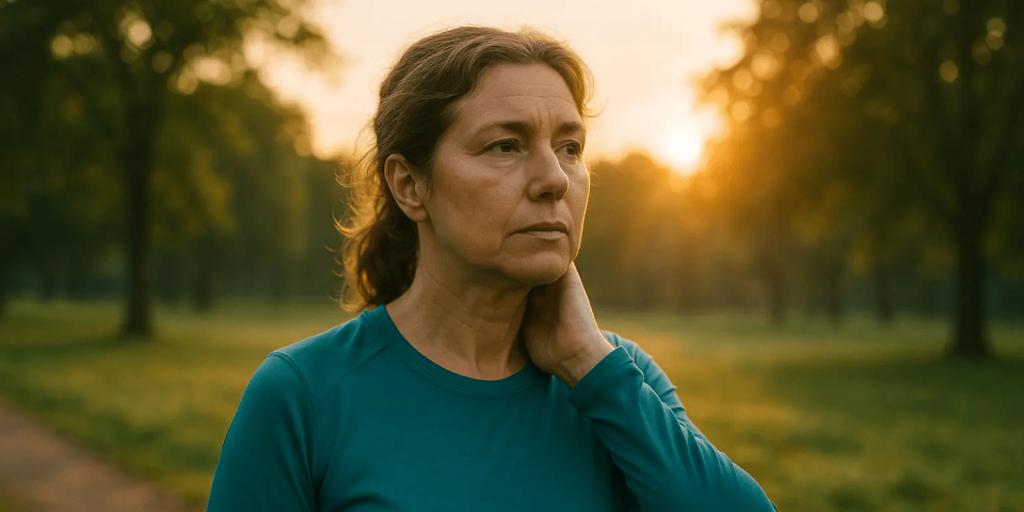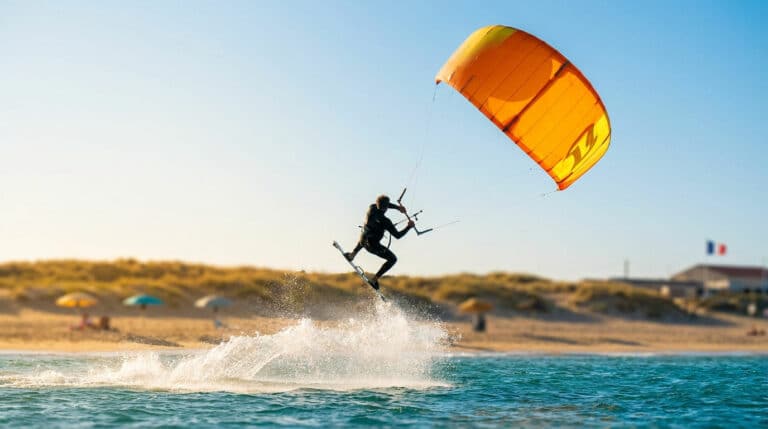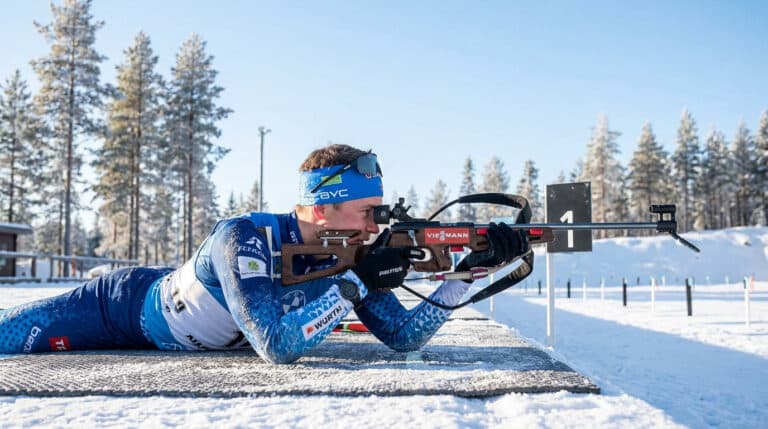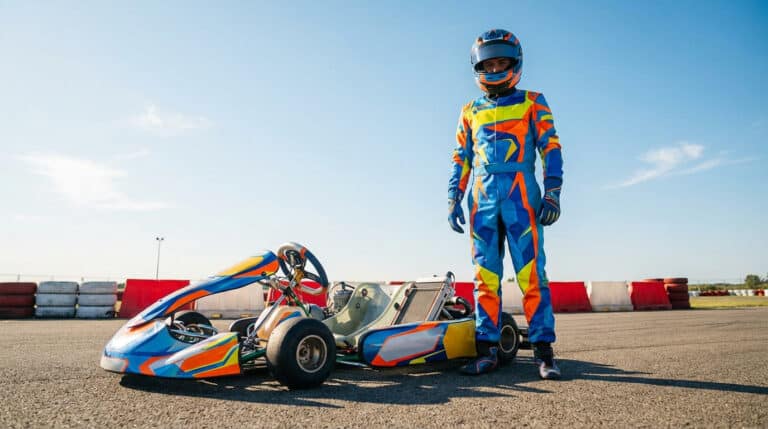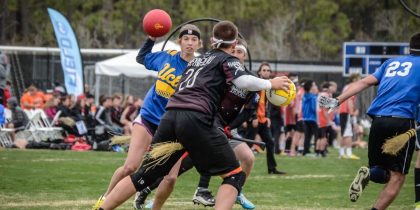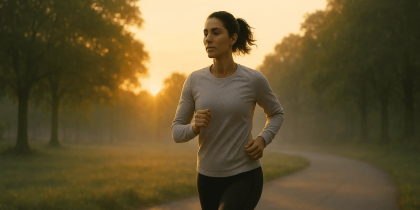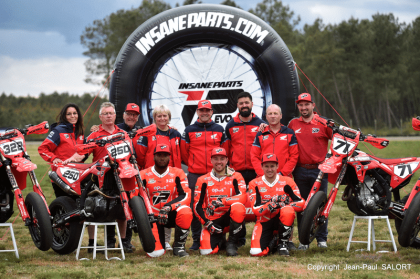Do you suffer from cervical osteoarthritis and dread seeing your neck pain worsen by practising your favourite sport? This article lists the activities to avoid or adapt to protect your joints, detailing the risks of direct shocks (rugby, boxing), torsions (tennis, golf) or repeated impacts (intense running). You will discover why some weight-training exercises, like squats with a bar on the neck, are discouraged, and how to adapt swimming or running to turn your practice into a remedy rather than a source of suffering. A must-read to keep moving while preserving your neck.
Cervical osteoarthritis: why physical activity must be adapted
Cervical osteoarthritis, or cervicarthrosis, results from wear of the cartilage of the neck vertebrae. It causes pain, stiffness and sometimes radiations toward the shoulders or arms. Although symptoms may encourage inactivity, that is counterproductive: lack of movement weakens the muscles that support the neck and accelerates cartilage degradation. Conversely, moderate activity stimulates blood circulation and prevents stiffness.
Some sports, beneficial in general, pose risks for the cervical spine. Repeated impacts (running, ball sports) or abrupt movements (rotation in tennis, torsion in golf) generate microtraumas. Contact sports (rugby, boxing) or sports with a risk of falling (gymnastics, parachuting) expose to direct shocks. In weight training, military press forces the neck into hyperextension, while classic abdominals (crunches) create local tension.
Adapting one’s physical activity is therefore essential. The mechanisms of aggravation lie in the accumulation of constraints: vibrations from impacts or sustained positions accelerate cartilage wear. In swimming, crawl may force abrupt head rotation, triggering pain. Favor gentle movements: walking, upright cycling or backstroke swimming. In case of doubt, a health professional or physiotherapist can guide you toward safe exercises, preventing flare-ups while preserving mobility.
High-impact and contact sports: a direct risk to the cervical spine
Contact or high-impact sports expose the cervical spine to direct shocks and abrupt movements, accelerating joint wear. Repeated mechanical forces, reaching up to 80 % of bodily stress, provoke microtraumas. These favour the onset of cervical osteoarthritis, spinal stenosis or spondylolisthesis—often 10 to 20 years earlier than in non-practitioners.
Disciplines such as rugby, American football or boxing involve tackles, falls or violent blows. According to studies, incidence rates of catastrophic cervical injuries reach 14 cases per 100,000 professional players. These traumas alter neuromotor paths, increasing risks of fractures, sprains or even “burner syndrome” (stretching of the brachial plexus nerves).
- Contact and tackling sports (rugby, American football)
- Combat sports (boxing, judo, full-contact karate)
- Acrobatic gymnastics
- Parachuting
- Shooting (due to weapon recoil which may cause whiplash)
Parachuting generates intense mechanical constraints, with cervical muscle activation reaching 53 to 104 % of maximal voluntary effort at parachute opening shock. This phenomenon explains chronic pain in practitioners. Similarly, extreme movements in gymnastics, combined with fall risk, aggravate existing pain.
The disciplines to avoid share a common point: they impose uncontrolled movements or repeated vibrations. For example, in boxing, repeated blows to the head alter cervical proprioception, increasing long-term injury risk. Data underline that 70 to 85 % of cervical injuries result from player contact, highlighting the importance of prevention.
Twisting movements and repeated impacts: beware endurance and racket sports
Repetitive constraints act insidiously on the cervical joints, even without direct shocks. These accumulated micro-traumas accelerate cartilage wear, often ignored by regular practitioners.
Racket sports: destructive rotations and vibrations
Tennis, squash or badminton demand rapid head rotations to track the ball. These repeated movements, combined with vibrations transmitted via the racket through the arm and into the neck, provoke microlesions. A study shows that 9 % of 55-year-old golfers suffer chronic neck pain, illustrating the impact of such repetitive stress.
Golf: an underestimated torsion movement
The swing generates powerful torsion of the spine. The rotation initiated at the pelvis transmits up to the neck, subjecting cervical vertebrae to extreme mechanical constraints. Professional golfers, despite their training, often suffer traumatic disc degeneration. This early degeneration is explained by the combination of axial rotation and repeated lateral flexion.
Running: when intensity becomes risky
Walking remains beneficial, but intensive running presents risks. Repeated impacts at high speeds (> 15 km/h) or over long distances (> 50 km/week) increase joint stress. Although not systematically discouraged, this activity demands extreme caution: any cervical pain during or after effort must interrupt practice.
The key message remains individual adaptation: if a sport triggers pain, modify it or stop temporarily. These activities are not banned, but require a personalised and cautious approach.
Strength training and cervical osteoarthritis: exercises to avoid and their alternatives
Strengthening the muscles around the neck is essential for stabilising the neck and relieving symptoms of cervical osteoarthritis. This condition, frequent after 60, often leads to pain and loss of mobility. Did you know that some popular exercises could accelerate cartilage degradation?
Below is a comparative table of risky exercises and their safe alternatives, validated by physiotherapists:
| Risky exercise | Why it is discouraged | Safer alternative |
|---|---|---|
| Squat with bar on the neck | Direct load and compression on cervical vertebrae | Front squat or goblet squat with a dumbbell |
| Behind-neck pulldown | Forces the neck into hyper-flexion and stresses the joints | Front pulldown (bar pulled in front of face) |
| Military press with bar | Risk of neck hyper-extension to let the bar pass | Dumbbell press (more natural, controlled path) |
| Crunches | Pulls on neck muscles and causes excessive cervical flexion | Plank (front) and side planks |
The mechanical constraints of these exercises — repeated impacts, extreme neck flexions, vertebral compression — accelerate degeneration related to osteoarthritis. The proposed alternatives preserve the joints by distributing effort more evenly.
For example, plank strengthens the trunk without stressing the neck. Front squat reduces spinal pressure thanks to a more vertical posture. The pulldown in front works the back muscles without forcing the neck. Dumbbells offer better trajectory control and limit cervical compensations.
Remember this golden rule: prioritise precise execution with moderate loads. Any cervical pain during or after exercise is a warning sign that the method must be adjusted or changed. Consult a professional if in doubt for an adapted programme. With proper adjustments, strength training remains a valuable ally for improving quality of life despite cervical osteoarthritis.
Adapting your practice: the case of swimming and running
Swimming and running, although beneficial, require adjustments to preserve the cervical spine in the presence of cervical osteoarthritis. A tailored approach limits risks while maintaining regular activity.
Swimming: favour head-spine alignment
If swimming is recommended for its low impact, certain strokes stress the cervical spine. Crawl, with its head rotation, and breaststroke, if the head stays above water, may intensify cervical tension.
For safer practice:
- Prefer backstroke for a head aligned with the spine
- Use a snorkel in crawl to avoid neck rotations
- Work on body alignment and warm up before each session
Running: reduce shocks and stabilise posture
Running exposes to repeated impacts. Hard surfaces and poor posture amplify cervical tension.
To limit risks:
- Choose soft surfaces like trails or tartan tracks
- Opt for cushioned shoes to reduce shocks transmitted to the neck
- Maintain an upright posture, looking ahead to avoid neck flexion
Adapting technique is crucial to avoid aggravating symptoms. Listening to the body remains essential.
Warning signs not to ignore: when to stop sport
The body sends signals to prevent overload. In cervical osteoarthritis, these indicators must be taken seriously to avoid joint degradation. Occasional pain is normal, but certain signs require immediate stoppage to protect the spine.
- Radiating pain: Pain irradiating toward the shoulder, arm or fingers indicates pressure on a cervical nerve, often linked to cervicobrachial neuralgia. This disrupts daily movement and requires temporary cessation.
- Neurological symptoms: Tingling, numbness or muscle weakness in an arm or hand signal nerve involvement. To be assessed quickly by a professional.
- Worsened morning stiffness: Increased stiffness after exertion, especially in the morning, reveals joint overuse from inflammation or improper movements.
- Dizziness or headaches: These occurring during or after exercise may result from vascular compression or cervical instability. Medical consultation is necessary.
- Persistent pain: Discomfort lasting more than 48 hours of rest indicates excessive cervical stress, requiring technical adjustments or intensity reduction.
Ignoring these signals increases the risk of degeneration or neurological complications. A medical opinion is crucial. In cases of persistence, a break and guided rehabilitation are necessary before resuming activity.
Toward a safe and beneficial sports practice with cervical osteoarthritis
Adapting your physical activity to cervical osteoarthritis is essential to preserve mobility. Favour gentle sports to strengthen muscles without worsening pain.
Avoid high-impact sports (rugby, boxing), abrupt neck movements (tennis, golf) or excessive running (> 15 km/h). Strength training requires adaptations (avoid behind-neck press or pulldown).
Opt for brisk walking, upright cycling or swimming (backstroke, body-rotated breaststroke), which strengthen without overloading the cervical spine.
Consistency is key, but daily sport depends on intensity and listening to one’s body.
- Warm up fully before effort.
- Progress gradually in duration and intensity.
- Stop immediately in case of abnormal pain.
- Consult a professional before any resumption.
Adapted activity remains a valuable ally to limit joint degradation. By combining prudence and persistence, every movement counts in managing cervical osteoarthritis.
Cervical osteoarthritis doesn’t forbid sport, but demands adapted practice. Avoid shocks and torsion, avoid squats on the neck and behind-neck pulldown. Choose swimming (backstroke), walking or core work. Adopt good technique, soft surfaces and listen to your body. For a safe routine, adjust your frequency without overdoing it.
